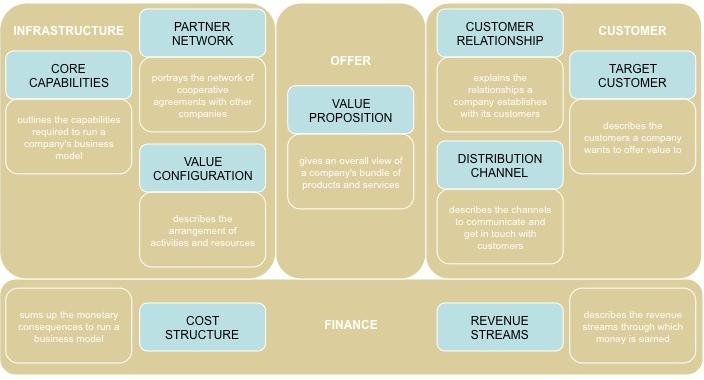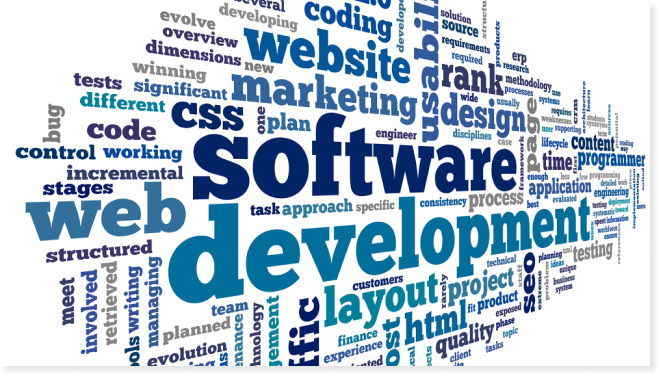In today’s dynamic and competitive marketplace, the foundation of a successful startup lies not only in a brilliant idea but also in a robust business model. A well-defined business model serves as the blueprint that guides a startup from concept to execution, outlining how value will be created, delivered, and captured. As entrepreneurs embark on their journey to establish and grow their ventures, understanding and employing the essential steps to craft a winning business model is crucial. In this article, we will delve into the critical components and strategic considerations that underpin an effective startup business model, equipping aspiring business leaders with the insights necessary to navigate the complexities of entrepreneurship and drive sustainable success. Whether you are in the early stages of ideation or seeking to refine an existing model, these foundational steps will provide the framework to transform your vision into a thriving enterprise.
Table of Contents
- Understanding Market Needs and Identifying Customer Segments
- Designing a Value Proposition that Stands Out
- Establishing Revenue Streams and Cost Structures
- Implementing Agile Strategies for Business Model Validation
- The Conclusion
Understanding Market Needs and Identifying Customer Segments
To effectively create a resilient business model, it is crucial to develop a thorough understanding of the market landscape. This involves conducting in-depth research to gather insights that will inform your approach. Utilize the following strategies to capture key market needs:
- Surveys and Interviews: Direct interactions with potential customers provide profound insights into their pain points, preferences, and purchasing behaviors.
- Competitor Analysis: Study the strengths and weaknesses of existing businesses to identify gaps and opportunities within the market.
- Trend Analysis: Stay updated on industry trends through reports, journals, and market data to anticipate shifts in consumer demand.
After understanding the market needs, the next step is to identify distinct customer segments. Segmenting your target audience allows for tailored marketing strategies and product offerings that resonate deeply with specific groups. Consider the following segmentation criteria:
| Segment Criteria | Description |
|---|---|
| Demographics | Age, gender, income levels, and education can inform how you position your product. |
| Geographics | Understanding regional preferences helps tailor products to local tastes. |
| Psychographics | Focus on consumer lifestyles, values, and attitudes to enhance engagement. |
| Behavioral Factors | Analyze purchase patterns and brand loyalty to adapt marketing tactics. |
Designing a Value Proposition that Stands Out
To create a compelling value proposition, it is crucial to clearly articulate what makes your startup unique in a crowded market. Start by identifying your target audience and understanding their specific pain points. Once you’ve established this foundation, focus on the aspects of your product or service that directly address those needs. Emphasize benefits over features; customers want to know how your offering will improve their lives or solve their problems. Consider the following elements when crafting your proposition:
- Clarity: Use straightforward language that anyone can understand.
- Conciseness: Keep it short and impactful; aim for a single, memorable sentence.
- Relevance: Ensure it resonates with the needs and desires of your target audience.
- Uniqueness: Highlight what sets you apart from competitors.
Testing your value proposition through customer feedback and iteration is equally important. Engage in conversations with potential customers to gather insights and refine your messaging. Here’s a simple framework to help organize and assess your proposition:
| Key Element | Evaluation Criteria |
|---|---|
| Clarity | Is it easily understandable? |
| Conciseness | Can it be expressed in one sentence? |
| Relevance | Does it address specific customer needs? |
| Uniqueness | What differentiates it from competitors? |
Keep iterating based on constructive feedback, and you will refine a value proposition that resonates, persuades, and ultimately converts. Embracing this structured process not only enhances your communication but also strengthens your overall business model.
Establishing Revenue Streams and Cost Structures
Creating robust revenue streams is crucial for any startup aiming for sustainability and growth. Businesses can explore various monetization strategies to ensure diverse income sources. Consider the following options to generate revenue:
- Direct Sales: Selling products or services directly to consumers or businesses.
- Subscription Models: Charging recurring fees for continuous access to a product or service.
- Freemium Strategies: Offering basic services for free while charging for premium features.
- Advertising: Leveraging platform traffic to generate income through advertisements.
- Partnerships: Forming alliances with other businesses to share market resources and revenue.
Simultaneously, maintaining a clear understanding of the cost structure is essential to ensure profitability. Knowing fixed and variable costs allows startups to plan effectively. A simplified view of potential cost categories includes:
| Cost Category | Description |
|---|---|
| Research and Development | Expenses related to product innovation and improvement. |
| Marketing Costs | Investments in advertising, promotions, and brand building. |
| Operational Overhead | Salaries, rent, utilities, and other regular operational expenses. |
| Customer Support | Costs associated with maintaining customer service and satisfaction. |
Implementing Agile Strategies for Business Model Validation
Embracing Agile methodologies can significantly enhance your approach to business model validation. The key to successful validation lies in constant iteration and feedback, which Agile strategies facilitate effectively. Start by engaging with potential customers through MVPs (Minimum Viable Products) to gather insights on their needs and preferences. By using techniques like rapid prototyping and iterative testing, you can adapt your business model based on real-world feedback, ensuring that it aligns closely with market demands. This proactive approach not only minimizes risks but also boosts your confidence in the business model’s viability.
Another fundamental aspect of implementing Agile strategies is fostering a culture of collaboration within your team. Regular check-ins and brainstorming sessions encourage diverse viewpoints, driving innovation and creative problem-solving. Consider utilizing collaborative tools to streamline the process, making it easier to track progress and adapt the business model accordingly. Moreover, incorporating a structured feedback loop allows you to continuously refine your offerings. By balancing flexibility with a clear vision, you can pivot swiftly in response to market changes while maintaining focus on long-term goals.
The Conclusion
developing a winning startup business model is a multifaceted process that demands careful consideration and strategic planning. By thoroughly understanding your target market, defining a clear value proposition, and meticulously outlining your revenue streams, you can set the foundation for sustainable growth. Additionally, embracing flexibility and being prepared to pivot according to market feedback is crucial in today’s dynamic business landscape. As you embark on this entrepreneurial journey, remember that a well-crafted business model not only guides your operations but also serves as an essential tool for attracting investors and building partnerships. By following these essential steps, you increase your chances of not just surviving, but thriving in the competitive startup ecosystem. Your vision is powerful—transform it into a viable business model and watch your aspirations take flight.






